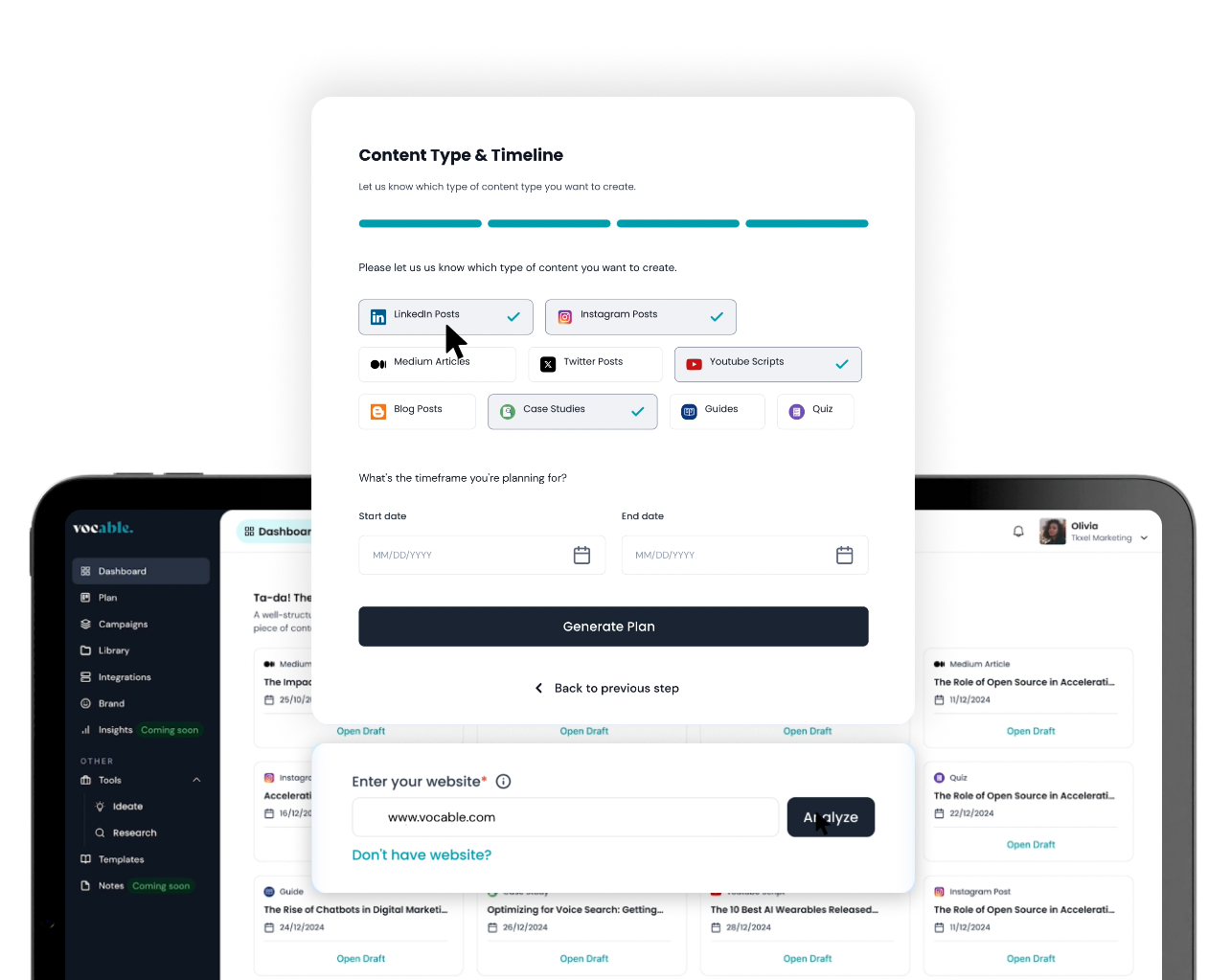How to Scale Your Content Workflow with AI – A Beguinner’s Guide to Vocable.ai

Vocable TeamJanuary 15, 2024 4 min read
Loading the Elevenlabs Text to Speech AudioNative Player...
Get Started with Vocable
Master every aspect of Vocable, from automated content planning to publishing in these step-by-step tutorials and product guides.
Get Started Now




